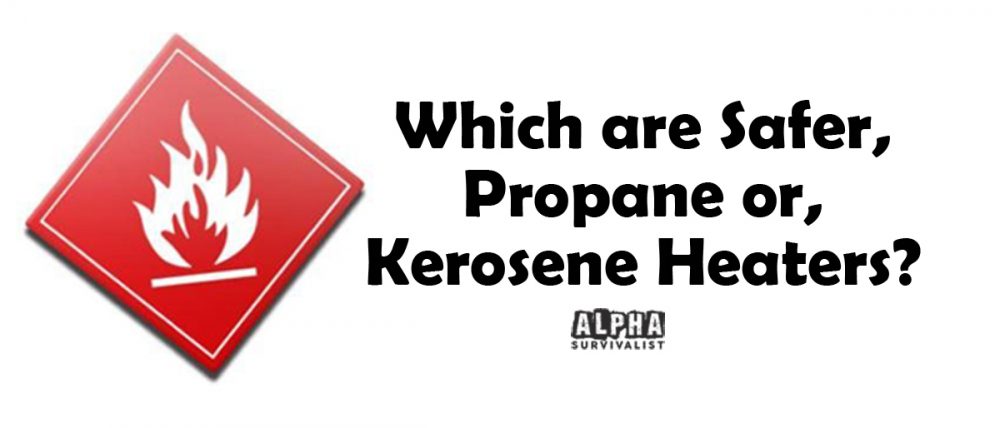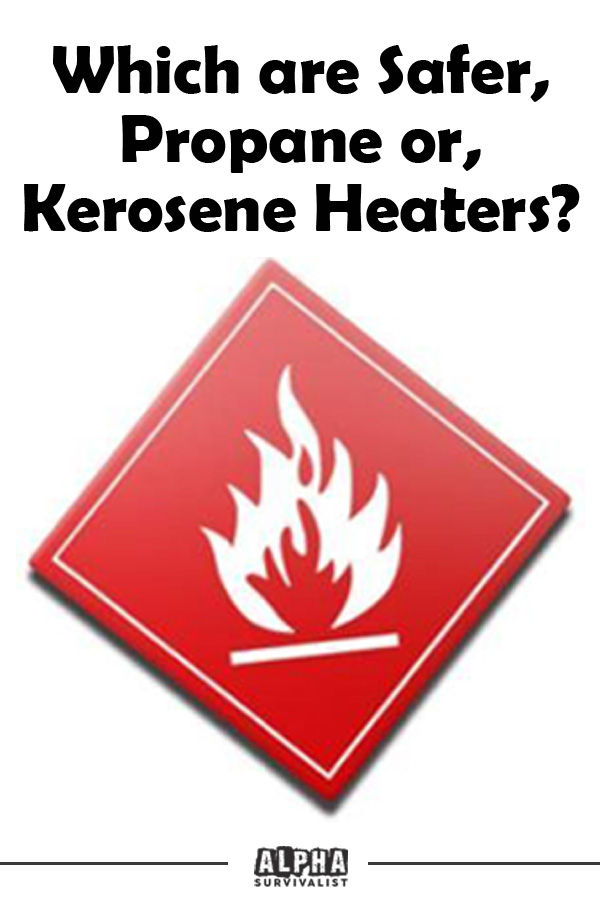If you’re into emergency preparedness, and I’m guessing you are, then you’ll understand the importance of ensuring you have got a back-up plan for emergency heating should the power grid ever go down, which will be particularly important should you live in an area where the winters can be dangerously cold.
When considering the type of heater to opt for, there will be many questions that will need answering before you make a final decision; should you get the heater that pumps out the greatest amount of heat, or the most efficient heater that burns for the longest, or the heater that offers the optimal level of safety.
Unfortunately, there is no clear cut rule about which heater is 100% safe or 100% efficient. Each type of heater you will come across will offer a certain acceptable level for all the parameters mentioned above and more besides. Ultimately, it’s about getting the right balance between heat, efficiency, and safety that will undoubtedly provide you with the best heater for your specific needs.
However, for this particular post we will only be concerning ourselves with the safety aspects of using emergency heaters, and in particular the safety issues that you need to be aware of when using the two main alternative heating options that are propane and kerosene heaters.
Now, when it comes to fuel based heaters, safety cannot be taken lightly, and for a good reason: there are safety hazards involved with each of these heaters, whether they’re propane or kerosene powered.
The chance of an accident happening that could result in a fire starting or possibly someone being seriously injured could increase, or decrease, depending on which type of heater you buy and how well or poorly it is used.
Safety Hazards of Kerosene Heaters
Kerosene heaters are considered to be somewhat more volatile and less safe than propane heaters, and you’ll find that certain experts will offer a lot of proof to support their findings:
- Both the open flame and the heated surface of the kerosene heater can present a fire hazard that has to be addressed by all manufacturers. Depending on the environment where the heater is placed, flammable vapors (such as the ones present in a garage, for example) can easily lead to a fire. Also, in many cases there have been problems caused by the poor storage of kerosene and the careless refilling of kerosene tanks.
- Gases like nitrogen dioxide and carbon monoxide can be very dangerous, leading even to death. They are both produced by kerosene heaters, albeit in small quantities.
- You have to use clear, 1-K kerosene fuel to reduce the fire hazards associated with this heater. Failure to do so could lead to numerous hazards that come from the use of improper fuel.
Therefore, it’s very important to always check to see whether your kerosene heater is certified and labeled as safe to use. Moreover, you should read the manual prior to using the device for the first time and make sure you ALWAYS follow all safety recommendations to the letter.
Is it Safer to Buy a Propane Heater?
When compared to kerosene heaters, propane heaters are often seen as being the safer option; however, this is not always the case.
Propane is a type of gas that is derived from petroleum and is no more or less safe than compounds like LP or LPG. Generally, although a propane heater might be considered safe; there are still a few important safety guidelines that will need to be followed.
Although the heat output alone of propane heaters, which is much lower than heaters using kerosene, makes propane heaters generally safer, the same harmful waste gases can also be found in the use of any propane heater.
Carbon monoxide, one of the most dangerous of these gases, is especially prevalent. This is why propane heaters are not recommended to be used indoors unless they have been designed specifically for that purpose, and they should never be used without adequate ventilation.
It’s also a very good idea to gauge the size of the heater you eventually buy based on the size of the area you intend to use it in. Just like there are propane and kerosene heaters for indoor and outdoor use, there are also heaters for differently sized areas. Based on the heat output, which ranges between 10,000 and 45,000 BTU, you can determine which propane or kerosene heater is safer to use in the area you need it for.
Summing Up
Any heater, irrespective of the fuel used, can be dangerous if health and safety guidelines are not followed to the letter. However, from a purely prepping perspective we would always lean towards a really good kerosene heater that has been designed specifically for use indoors. This is mainly because of the vastly superior heat generation compared to propane heaters and also that kerosene is generally much easier to store in greater quantities. For more information about kerosene heaters check out our post Best Kerosene Heaters for Indoor Use


